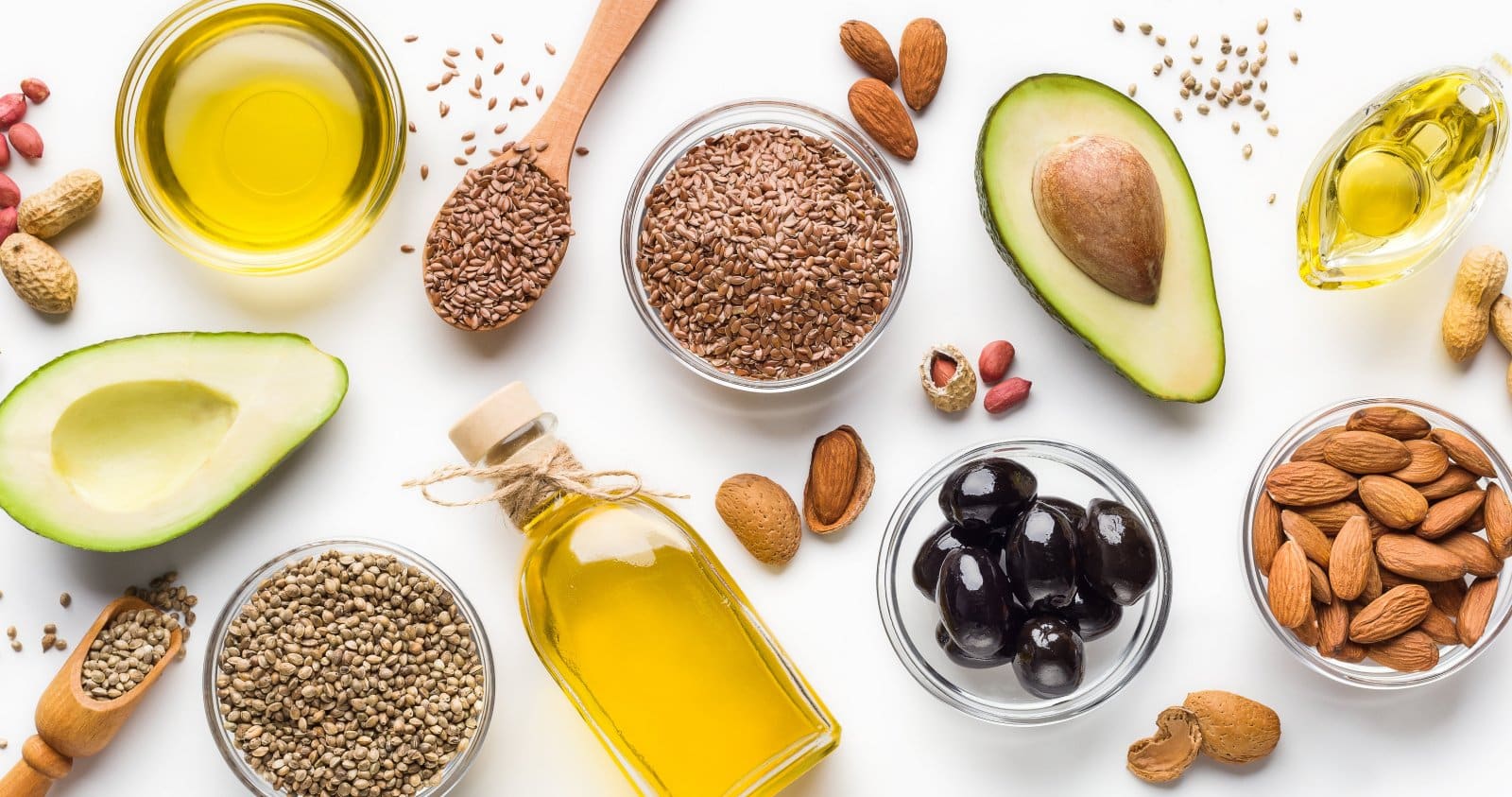Best to Worst: How Your Favorite Vegetable Oils Stack Up
1. Extra Virgin Olive Oil

The crowned jewel of oils, lauded for its heart health benefits and loaded with antioxidants. It’s like the superhero of oils, fighting off evil heart villains. Plus, with relatively sustainable harvesting methods, it’s not just good for you, but the planet too. The catch? True love (or olive oil) never did come cheap.
2. Avocado Oil

A close runner-up, avocado oil boasts a high smoke point and a roster of health benefits. However, its environmental cape is a bit tarnished, given avocados’ water-hungry nature. Still, if you can afford it, your heart (and taste buds) might just thank you.
3. Coconut Oil

The internet’s darling for a hot minute, coconut oil is great for high-heat cooking and has a unique flavor. But watch out; it’s rich in saturated fats, which could throw a wrench in your cholesterol levels. And let’s not forget the environmental and human cost of mass coconut cultivation. Consume with caution and consciousness.
4. Canola Oil

Ah, the middle child of oils. With a modest price tag and a decent nutritional profile, it’s like the reliable sedan of oils. Yet, the heavy use of pesticides in canola farming and concerns over GMOs might have you thinking twice.
5. Flaxseed Oil

This one’s a bit of a health unicorn, rich in omega-3 fatty acids. But, it’s not great for cooking and comes with a higher price tag. Plus, the flax industry’s environmental impact is not as light as the oil itself.
6. Walnut Oil

A nutty choice, indeed. Walnut oil is packed with omega-3s and flavor but falls short in the cooking department due to its low smoke point. And, harvesting those precious nuts comes at a premium, both for your wallet and the environment.
7. Soybean Oil

Ubiquitous and affordable, soybean oil is the utility player in the oil league. However, it’s often highly processed and a major player in the deforestation game. Not exactly a win for team health or Mother Earth.
8. Sunflower Oil

High in vitamin E and perfect for your frying pan. Yet, when it comes to saturated fat, it’s a bit of a mixed bag. The sunflower farming industry, while not the worst, isn’t without its environmental thorns.
9. Palm Oil

Here we hit troubled waters. Cheap and versatile, yes, but palm oil’s health benefits are overshadowed by the environmental devastation caused by palm plantations. It’s the villain in our saga, responsible for deforestation and habitat loss.
10. Corn Oil

Cheap, yes. Healthy? Not so much. High in omega-6 fatty acids, it could throw your body’s balance out of whack. And with corn being a pesticide-happy crop, the environment isn’t cheering either.
11. Vegetable Shortening

The bottom of the barrel, or should I say, tub. Great for flaky pastries but a heartbreaker in the health department. Plus, the environmental and health impacts of hydrogenated oils are like a Shakespearean tragedy.
The Oil Odyssey

Navigating the murky waters of vegetable oils is no easy feat. It’s a blend of health benefits, environmental consciousness, and ethical considerations, with a dash of economic reality. While no oil is perfect, making informed choices can lead to a healthier heart, a happier planet, and perhaps a slightly lighter wallet. Choose wisely, and may your salads be ever in your favor.
Banned in the USA: 14 Everyday Items We Can’t Have

Ever feel like America’s rulebook was written by someone with a dartboard? Across the pond or down under, things get even wackier. Let’s take a walk on the wild side of global “Do’s” that are definite “Don’ts” in the Land of the Free. Are you ready to find out just how bizarrely different the world can be? Banned in the USA: 14 Everyday Items We Can’t Have
Gone From the Shelves: Why 18 American Staples Vanished

Over the years, various foods that were once staples in American kitchens have been banned or are no longer allowed to be sold due to health, environmental, or ethical reasons. Here’s a list of 18 such items, detailing why they’ve been pulled off the market. Do you remember any of these? Gone From the Shelves: Why 18 American Staples Vanished
Eat & Drink at Your Own Risk: 20 Foods to Keep Away From Your Family

When it comes to food and drinks, not all choices are created equal. Some items on the shelves are so bad for your health that they’re almost legendary. Here’s a list of some of the absolute worst food and drink products—specific brands included—that you might want to avoid at all costs if you care about your nutritional intake. Eat & Drink at Your Own Risk: 20 Foods to Keep Away From Your Family
Featured Image Credit: Shutterstock / Just Life.
The content of this article is for informational purposes only and does not constitute or replace professional advice.
The images used are for illustrative purposes only and may not represent the actual people or places mentioned in the article.







